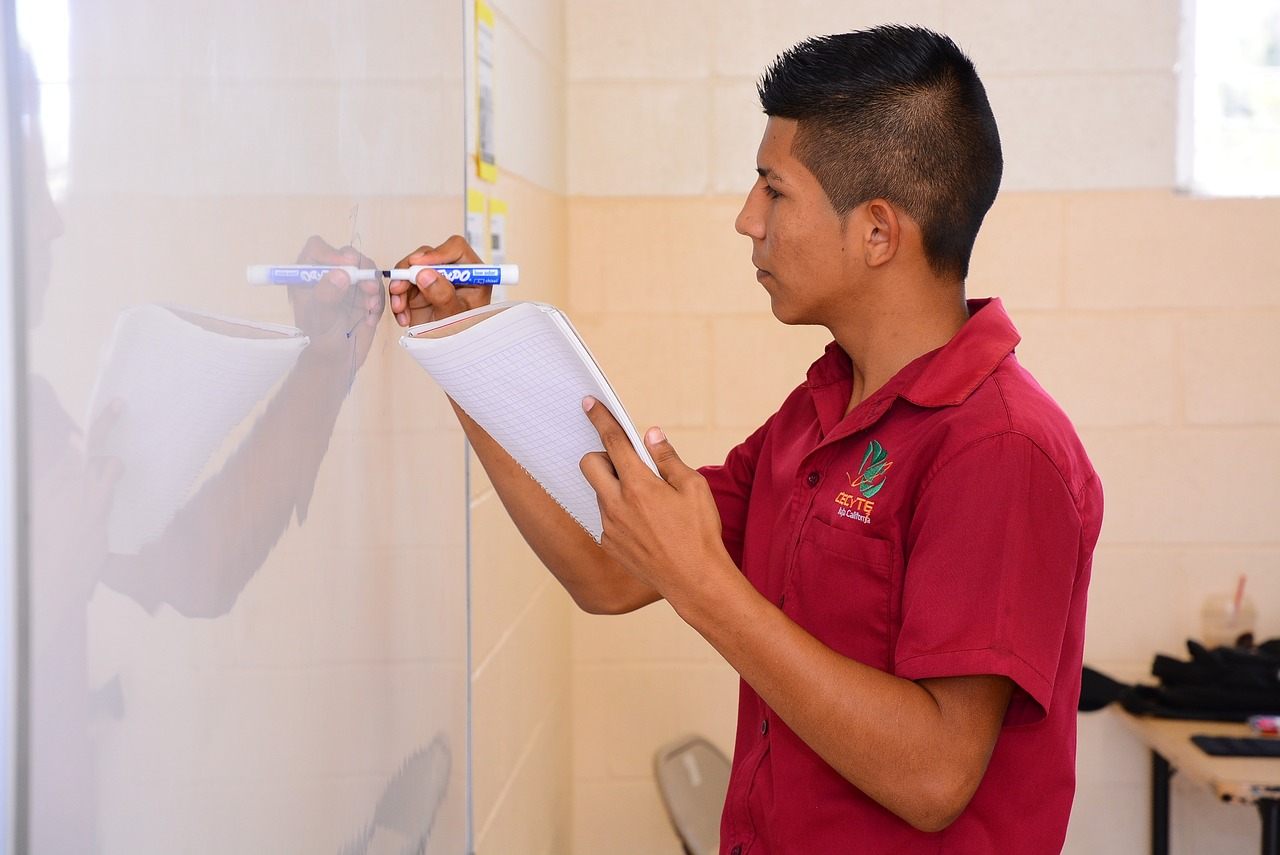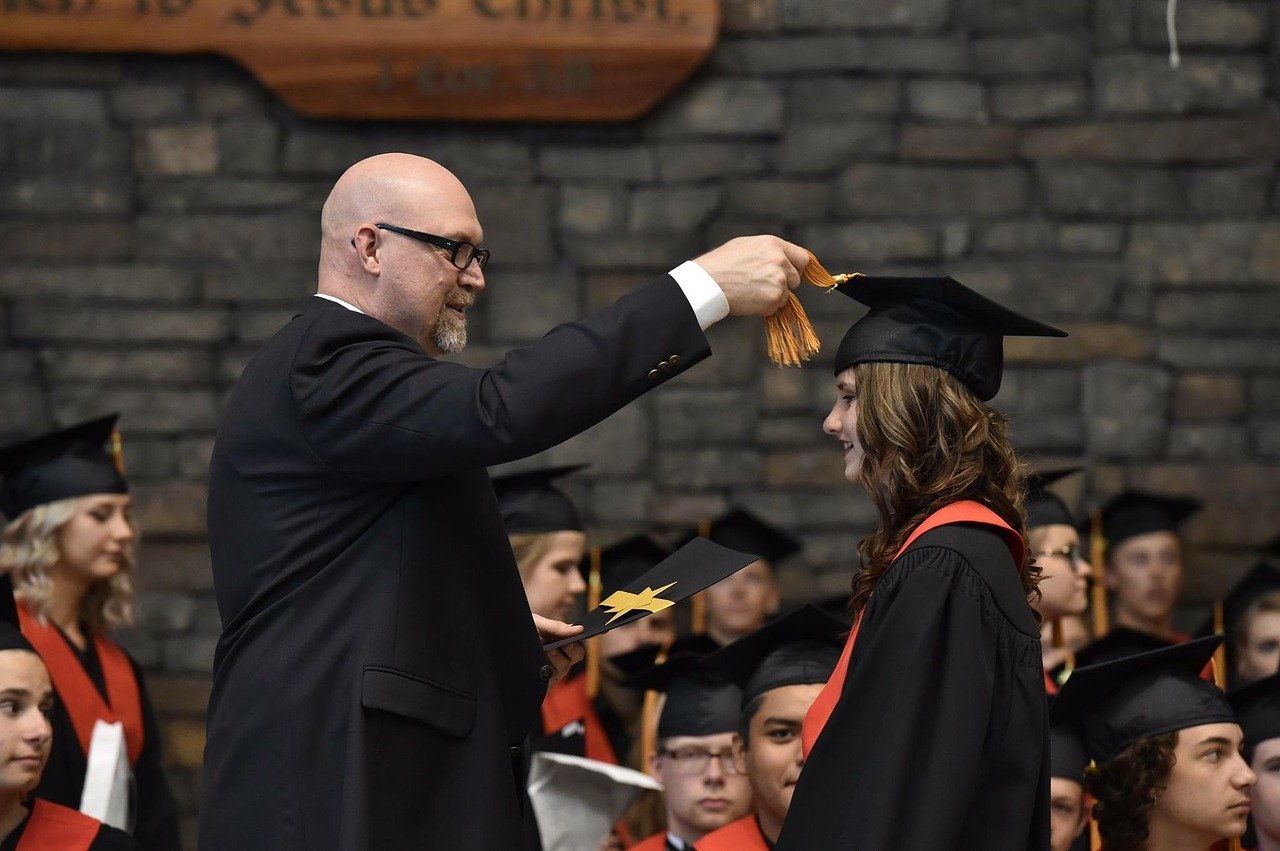
Today’s high school students have experienced significant disruptions in their lives over the past few years. They went through remote learning, a return to in-person education and a combination of the two. They returned to sports, clubs and school activities that provide additional meaning to their educational experience. Now, many students are looking ahead and wondering what other changes are coming their way.
School counselors and teachers may notice a change in how students approach the college application process. Here’s how you can encourage students to apply to college while still helping them consider all of their options.
College Applications Create High Levels of Stress
Applying to college is a stressful period for most students. They often spend several weeks fulfilling application requirements and then wait months to hear from their top choices. Studies show that regardless of background and aspirations, this post-high school stress is nearly universal.
Suniya Luthar, psychologist and professor emerita at Columbia University, conducted a study in the ‘90s that looked at struggling students from low-income families and compared them to students from more affluent schools. Luthar discovered that both students had the same levels of stress, regardless of their backgrounds.
“What they all have in common is this unrelenting, insidious pressure to achieve and do ever more,” she says. “Not even succeed, but it’s relentless, it’s [to] keep succeeding.”
Today, students are facing additional stressors because of the pandemic. They might not have had access to the classes they wanted during remote learning, which leaves perceived gaps in their student resume. They also might not have done as well academically during the pandemic, leading to a lower grade point average.
Education experts caution students and parents against putting the best universities as their default choice. Pushing university acceptance beyond a student’s abilities or comfort level will add to the already high levels of stress while potentially setting the student up for failure.
Educators and school counselors can play a role in setting expectations and realistic goals. They can guide students to apply to the universities that would be a good fit for them and provide a positive educational experience. Remember, getting into college is just the first part. The students have to feel comfortable and prepared once they start attending classes.
“The most prestigious college isn’t always the smartest choice,” writes the team at Newport Institute, a mental health rehabilitation center. “Students who are able to engage more deeply in subjects or experiences that most interest them, within the environments where they are most comfortable, do better in school and are more likely to find work they enjoy once they graduate.”
It requires a delicate balance to push students to do their best while also setting realistic goals.

Celebrate Every College Acceptance
As a counselor or teacher, your goal is to show students what is possible. Take time to celebrate the post-graduate paths of students, regardless of where they decide to go.
Better Make Room is Michelle Obama’s college access campaign for Gen Z. They hold College Signing Day in May, where students announce where they are going to college by posting on social media and celebrating in their schools.
Celebrating college acceptance allows students from non-traditional families and educational backgrounds to understand what is available to them. Students can see that they don’t have to travel across the country or come from an affluent background to find a place to learn.
“While the big-name colleges still enroll plenty of stereotypical students, the institutions that serve the bulk of students have seen changes,” says Madeline St. Amour, director of communications at Connecticut State University American Association of University Professors.
St. Amour points to the following key statistics that show how the picture of the average college student is changing:
- 37 percent of today’s students are older than 25.
- 64 percent of students work while in college.
- 25 percent of students are also parents.
In fact, this diversity in student backgrounds is becoming increasingly prized in the higher education application process. Universities want well-rounded students who might have chosen non-traditional paths before going to college.
“Admissions committees are eager to hear about an applicant’s experiences involving family responsibilities outside of the classroom, work obligations, military service, or other details about their personal background,” write Jenny Rickard and Eric Waldo, president and CEO at The Common Application and chief engagement officer for the U.S. Surgeon General, respectively.
As a high school counselor and educator, you can use celebrations like College Signing Day to let students know that no matter what they have faced so far (especially after two years of pandemic living) there is still a clean slate in their futures.
Additionally, highlighting other students can also help answer their technical questions about going to college. Getting accepted is nice, but many students are concerned about covering the cost of tuition.
Show your students the types of scholarships available and let them know when other students in your school get them. This proves that financial aid is something they too can achieve.
You want to show students what is possible, especially when they only see the impossible.
There is Space for Everyone in College
If your students are unsure about their ability to attend college — either because they worry about acceptance or the cost — consider familiarizing yourself with the local community college in your area. These two-year schools provide technical learning for students while helping them save money. They also serve as a starting point for students to learn about themselves and where they want to go.
“By providing access to high-quality faculty, smaller class sizes, and a variety of postsecondary credentials, community colleges prepare students for good jobs and—for those who desire it—a pathway to a bachelor’s degree,” says Jonathan Turk, assistant professor of higher education at Saint Louis University.
Turk reports that the average in-district tuition and fees for a community college in 2017-2018 were $3,560. Compare that to the $9,980 charged by a public four-year university, the $14,000 by a for-profit institution and the $34,700 by private schools.
Many community college professors have enjoyed working with students at these institutions. They are often enrolled because they actively want to further their education and don’t take the privilege of learning for granted.
“I have taught at four-year universities, and I find community college students generally to be more excited about learning than their four-year counterparts,” says Richard Leon Linfield, managing director of the Optimal Learning Institute. “Many community college students are under pressure to hold jobs and bring income into their families. They must make strenuous efforts to obtain the money and make the time to attend school.”
After completing foundational courses, students can then apply to four-year universities or take what they know into the career field. This is a good option for students who don’t know what they want to do in life.

Don’t Overlook College Alternatives
Increasingly, your students may ask you about the different options available after high school. They might not want to attend a university or continue studying once they have their diplomas.
Doug Shapiro, executive research director at the National Student Clearinghouse, reports that undergraduate student enrollment is down 6.6 percent since 2019, including a drop of nearly 500,000 undergraduate students in the fall of 2021 alone.
“The easiest assumption is that they’re out there working,” says Shapiro. “Unemployment is down. The labor market is good. Wages are rising for workers in low-skilled jobs. So if you have a high school diploma, this seems like a pretty good time to be out there making some money.”
He says this also could be the start of a generational rethinking of the value of college itself.
There are many ways for students to enter the job market while also growing their skills. Apprenticeships, for example, allow students to learn while immediately making money.
“Although you aren’t guaranteed a job at the end of it, government figures state that 90% of apprentices stay on in employment after their apprenticeship, and 71% stay with the same employer,” says Jessica Murray writes at Save the Student. “Higher apprenticeships are offered in industries such as construction, agriculture, animal care, the arts, publishing, media, business, law, engineering, IT, retail, healthcare and much more.”
Students may also consider entering a trade school for a brief period before working. This allows them to build up a skill and start earning money that competes with their peers at four-year universities.
“Trade schools train you for careers that most colleges don’t offer majors in, like welding, carpentry, specific health professions and the culinary arts,” writes student loans reporter Hanneh Bareham at Bankrate. “Because they’re hyper-focused, trade school programs typically last less than two years — and sometimes less than a year.”
Counselors and teachers often push all students to apply to college. While this is well-meaning, this route isn’t ideal for everyone.
“Some students just don’t thrive in the traditional educational environment,” writes Kate Koch-Sundquist at online guidance platform CollegeVine. “For some, high school may have been a challenge, but college would represent a long and difficult path that comes with a hefty price tag.”

Give Students an Exploration Period
As you work with students individually, consider rethinking how your school approaches counseling as a whole. Do you give students a fair chance to learn what is out there? Do you let them choose their own paths?
“What happened is we jumped to this place of helping students apply to college and skipped over the entire exploration process — ‘What do I want to do? How do I want to contribute?’” says Mandy Savitz-Romer, a member of the faculty at the Harvard Graduate School of Education. “There is no process of discovery.”
As a result, many students have a hard time in college. They end up on a path where they are caught up in loans but not in an environment where they can thrive. Some education experts are calling on educators to guide students earlier on in their learning careers — even before high school — to start exploring their futures.
“Students shouldn’t wait until their last years of high school to consider their next moves,” says Amy Loyd, senior advisor at the U.S. Department of Education. “Our K-12 system does not adequately provide our young people with career information, advising, and navigation supports. Students and their families should start considering what’s next in middle grades or even earlier.”
However, even if you start preparing students for college in middle school, some might need some more time. They may need to take some time after graduation, often in the form of a gap year, to discover what they want to do and where they want to go. During this time, they can work to save money or find organizations to volunteer with. There are a lot of choices to be made. Make sure students know about them all, so they can choose the best one for their individual needs.
As a counselor or teacher, you are a powerful resource for your students. However, they need to be able to advocate for themselves before they can turn to you for help. Take steps to empower your students to enter college, but also understand that this environment isn’t for everyone — especially if it means falling into debt at a major university that isn’t a good cultural fit. As Loyd puts it: “College is a very expensive career exploration program.”
Images by: fizkes/©123RF.com, stockbroker/©123RF.com, ernestoeslava, Chantellen

